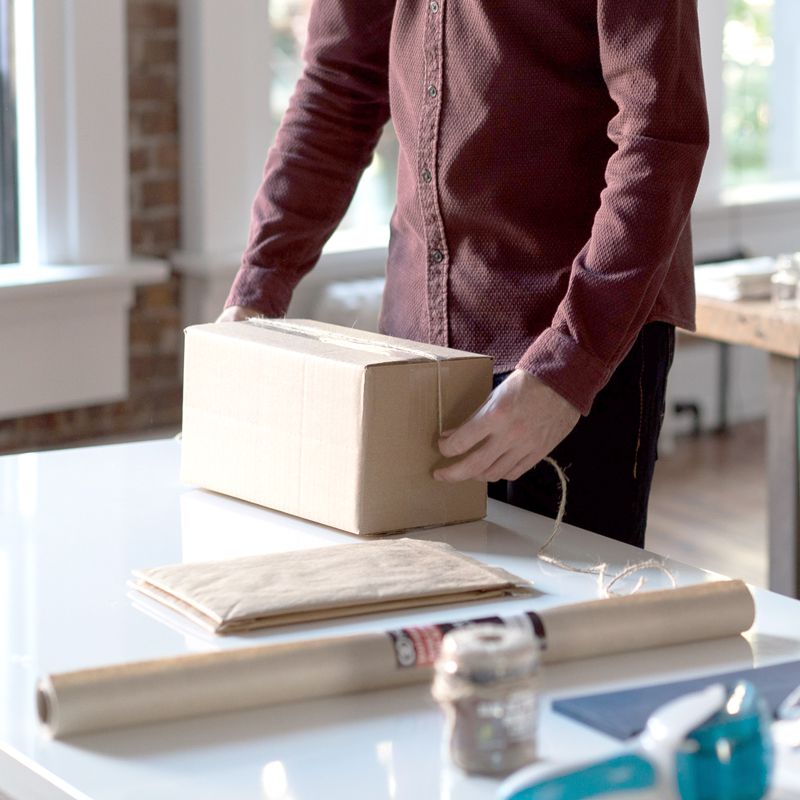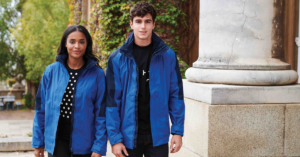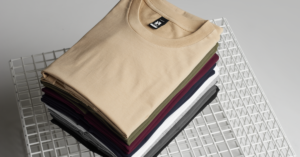Swedish furniture giant, Ikea, is planning on switching up their packaging in an effort to help slash the amount of waste they produce and increase recycling. This is all in line with their promise to become more eco-friendly by the year 2020.
The new packaging is made from mycelium, better known as mushroom roots. These roots are a well-known organic building material and now it seems that Ikea is thinking of phasing it in as their material of choice when it comes to their packaging in future.
“We are looking for innovative alternatives to materials, such as replacing our polystyrene packaging with mycelium-fungi packaging.”
Said Joanna Yarrow, head of sustainability for Ikea in the UK in UK newspaper – The Telegraph.
The company behind the innovative, eco-friendly packaging is a US-based firm called Ecoactive Design and they grow their mycelium around clean agricultural waste such as corn husks and stalks. The beauty of using mycelium is that it will grow into a dense material quickly and it can be grown in a mould which means that it’s easy to produce different shapes – making it ideal for different types of packaging.
Once the mycelium grows to the desired density and shape, it’s then dehydrated to prevent further growth.
According to the Albany Times UnionTimes Union, Ikea goes through roughly 7,400 truckloads of expanded polystyrene foam annually to package all of its flatpacks of furniture.
The downside to petroleum-based polystyrene (also known as Styrofoam) is that it’s hard to recycle whereas mycelium will begin to biodegrade within weeks and can be left in your back garden while this happens.
Yarrow also commented in The Telegraph interview:
“The great thing about Mycelium is you can grow it into a mould that then fits exactly. You can create bespoke packaging.”
A spokesman for Ikea said that the retailer hopes to turn its waste into resources in the future, “developing reverse material flows for waste materials and ensuring key parts of our range are easily recycled.” They also went on to add that eventually Ikea aims to reduce the use of fossil-based materials to switch to renewable and recycled materials.
Ikea isn’t the first company who have incorporated this kind of packaging either – Dell has been using it for their servers for a few years now but given the amount of flatpack furniture that is purchased each year, this move will definitely help to put a dent in the amount of polystyrene which is consumed and pave the way for a more eco-friendly future when it comes to packaging.
Back in 2015, Ikea along with its non-profit arm, Ikea Foundation, pledged £730m to help combat climate change and the firm has now promised that by 2020 a series of changes will be adopted by the company to help boost the environment.
“Climate change is one of the biggest challenges and we need bold commitments and actions to find a solution”
Said Chief Executive Peter Agnefjall.
“That’s why we are going all-in to transform our business, to ensure that it is fit for the future and we can have a positive impact.”
Here at Garment Printing, we believe in doing all that we can to help protect the environment which is why we are constantly investing in eco-friendly clothing and printing techniques.
When it comes to screen printing, there are currently two different types of ink available: Plastisol and water-based. Plastisol is known as being the industry standard and the default “go to” ink which is used by most commercial printers. Within this, there is polyvinyl chloride (PVC) at the base, as opposed to water-based ink which uses pigments which are suspended within it.
Unfortunately, there are limitations when it comes to printing using water-based inks and that is that you can not print onto dark coloured garments – although water-based inks are excellent for printing vibrant colours onto lighter garments.
We’re proud to use water-based inks where possible as they’re not only environmentally friendly, but they are versatile and you can use then to print on a wide-range of items such as stickers, stationery and canvas’ as well as T Shirts, Polo’s, sweatshirts, hoodies, caps, tote bags, jackets aprons and virtually any other garment which you can screen print on.
To complement our eco-friendly T-Shirt printing
techniques, we also offer a range of eco-friendly clothing, such as printed eco-friendly running shirts, which are made from eco-friendly materials, such as Bamboo, and this not only helps to protect the environment, but it also offers the wearer a pleasant and comfortable experience.
If you’re looking for printed merchandise, eco-friendly items are also a fantastic product to offer your customers. By including eco-friendly merchandise into your lineup, you’re not only offering your customers brilliant, printed items, you’re also showing them that you’re willing to do your part when it comes to protecting the environment and help to prevent climate change to protect the earth for future generations.
So, if you’re in need of printed garments or other forms of merchandise, why not do a small part to help protect the environment by asking us about our eco-friendly clothing and printing techniques?





